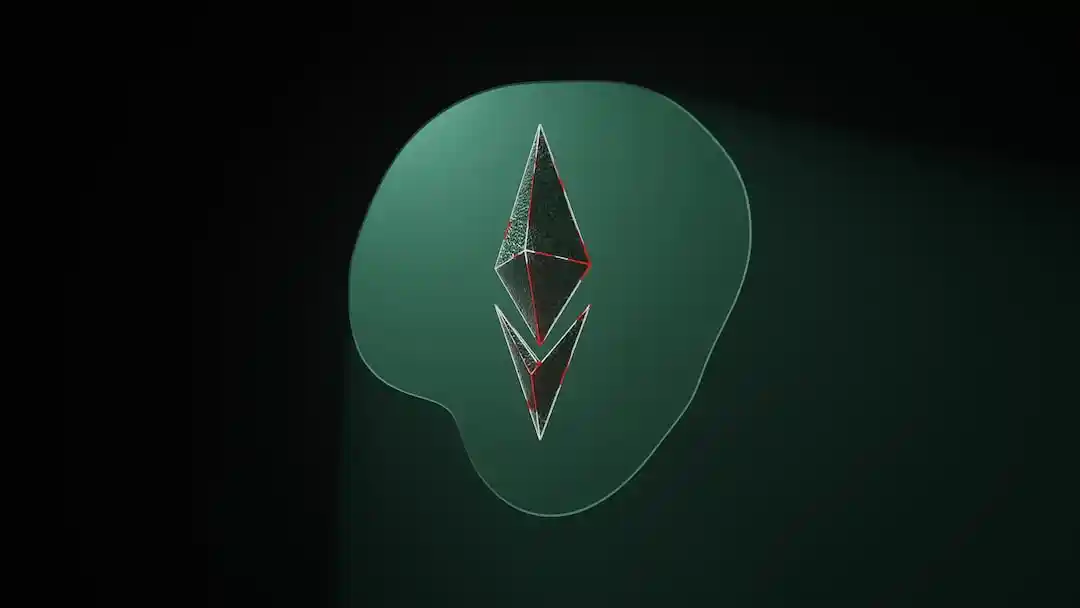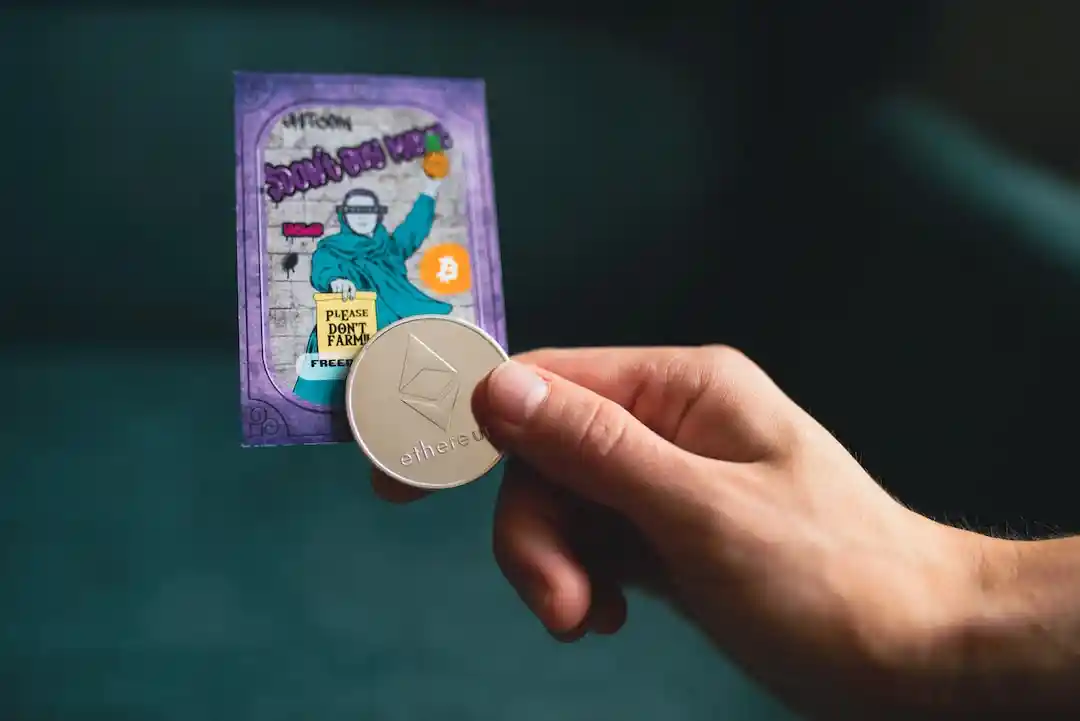Understanding Crypto Token Standards: ERC vs BRC vs BEP vs SPL

- Authors

- Name
- Dmitrii Fedotov
- @DmitriFedotov
In the ever-evolving landscape of blockchain technology, the role of token standards cannot be overstated. These standards serve as the blueprint for the creation and interaction of digital assets, ensuring seamless functionality within their respective ecosystems. In this guide, we delve into the distinctions between some prominent token standards—ERC, BRC, BEP, and SPL—and unravel the mechanics behind their operation.
What Is a Token Standard?
A token standard is essentially a set of technical specifications that delineate how tokens function on a blockchain. It acts as a rulebook, establishing the norms that enable tokens within an ecosystem to work cohesively together.
The "RC" and "EP" in Token Standards
Many crypto token formats feature acronyms like "RC" (Request for Comment) or "EP" (Enhancement Proposal). These acronyms symbolize collaborative efforts to enhance blockchain functionality and efficiency.
Ethereum's ERC Tokens
Ethereum, a powerhouse in the blockchain space, boasts widely adopted token standards such as ERC-20, ERC-721, ERC-777, and ERC-1155. These standards facilitate the creation of smart contracts, and while anyone can create an ERC token, it involves adhering to the Ethereum Improvement Proposal process.

Bitcoin's BRC Tokens
In the realm of Bitcoin, BRC-20 tokens take center stage. These fungible tokens native to Bitcoin operate without the involvement of smart contracts. Additionally, the BRC-721 standard introduces NFTs, expanding the tokenization capabilities within the Bitcoin network.
Binance's BEP Tokens
Binance Smart Chain introduces BEP-20 as a token standard, allowing developers to launch various tokens, including peggy coins, utility tokens, and stablecoins. BEP-2, on the other hand, serves as a technical standard for issuing and managing tokens on the Binance Chain.
Solana's SPL Tokens
Within the Solana ecosystem, token standards reside in the Solana Program Library (SPL). SPL tokens exhibit significant variability in functionality—ranging from NFTs to fungible tokens with limited circulating supply.

Crypto Coin Vs Token
Distinguishing between coins and tokens is crucial. While coins like $BTC and $ETH power blockchains, tokens such as ERC-20 or BEP-20 tokens serve specific purposes within decentralized applications (dApps). Understanding this distinction aids in selecting the right digital assets for your portfolio.
Token Categories
Utility Tokens: (e.g., BAT, FIL) Security Tokens: (e.g., POLY, PROPS) Governance Tokens: (e.g., MKR, UNI) Stablecoins: (e.g., USDT, DAI, USDC)
Fungible vs Non-Fungible
Fungible: Tokens like $GMX are interchangeable, allowing for the exchange of one identical token for another. Non-Fungible: Unique tokens, where one cannot be exchanged for another due to distinct characteristics. This is exemplified by NFTs within the blockchain space.

In navigating the world of crypto token standards, recognizing these nuances becomes essential for making informed decisions in building and managing your digital asset portfolio. Stay tuned for future narratives as we continue to explore the dynamic landscape of blockchain technology.
Conclusion
In conclusion, navigating the intricate world of crypto token standards is not merely a technical pursuit but a strategic endeavor. Understanding the distinctions between ERC, BRC, BEP, and SPL is akin to wielding a compass in the vast landscape of blockchain technology.
These standards, represented by acronyms like "RC" and "EP," embody collaborative efforts aimed at enhancing the efficiency and functionality of blockchain ecosystems. Ethereum's ERC tokens dominate the smart contract space, while Bitcoin's BRC tokens showcase native fungibility and tokenization capabilities. Binance's BEP tokens facilitate diverse token launches on the Binance Smart Chain, and Solana's SPL tokens exhibit a spectrum of functionalities within the Solana ecosystem.
Recognizing the dichotomy between crypto coins and tokens is pivotal, with coins powering blockchains and tokens serving specific roles in decentralized applications. The delineation into categories such as utility, security, governance, and stablecoins provides a roadmap for investors and developers alike.
As we traverse this evolving landscape, the significance of fungible and non-fungible tokens becomes apparent. Understanding their interchangeability or uniqueness is crucial for informed decision-making.
In the realm of blockchain, knowledge is not static but a dynamic force shaping the narratives of the future. Stay tuned for continued exploration and insights into the ever-evolving world of crypto token standards, where each acronym tells a story of collaboration, innovation, and the decentralized future that lies ahead.

Related Links and Posts
- Pin Save EVM GitHub repository
- What is a blockchain address
- Simple Blockchain data indexing with TrueBlocks
- Web3Basketball - Basketball Dapp
- Simple App with Ceramic Data Model and Unstoppable Domains
- Advanced Realized Volatility and Quarticity
- Machine Learning with Simple Sklearn Ensemble
- How to illustrate log returns vs simple returns
- A How to EfficientNet Classification
- Cross-sectional data – An easy introduction